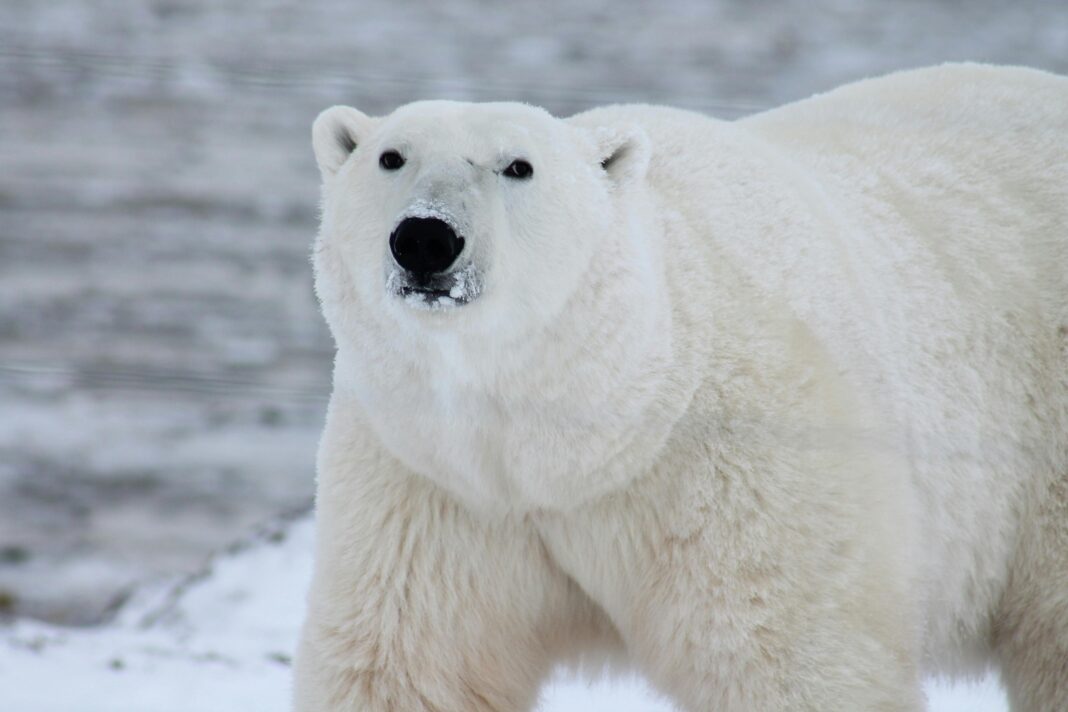White (polar) bears separated from their brown relatives only 70,000 years ago – relatively recently by evolutionary standards, according to a Danish study.
A team of molecular ecologists from the University of Copenhagen has found that it was at this time that polar bears developed unique characteristics that allowed them to survive in a harsh and frosty environment.
In their study, published in the journal BMC Genomics, the team analyzed the genomes of polar bears, brown bears and a pair of fossilized polar bears. The researchers’ goal was to learn more about the timeline associated with the development of traits such as white fur and the ability to survive a high-cholesterol diet.
Previous research has shown that polar bears are closely related to brown bears, but until now it was not known when the two species diverged. With this study, the team from Denmark set themselves the task of finding the answer.
Some of the main differences between brown bears and polar bears are the color of their fur, but also the types of fur. Brown bears have one layer of fur and white bears two, which helps them keep warm and dry.
Polar bears have also developed the ability to eat fattier meat without it harming them. If brown bears were fed this way, they would develop cardiovascular disease and die young.
To learn more about when the two species diverged, the team analyzed the genomes of the two bear species, particularly genes related to fur type and color and cardiovascular system functions.
Comparing the genomes of 119 polar bears, 135 brown bears and the pair of fossilized polar bears, the researchers found differences dating back about 70,000 years. This suggests that they evolved their unique characteristics much sooner than previously thought.
Specifically, the team found seven genes associated with adaptation to polar conditions. The comparison also shows that the divergence was more gradual than scientists had thought.
The research team concluded that the differences in the genes related to the adaptation of the polar bears were probably influenced by their relatives who lived towards the end of the last ice age.












